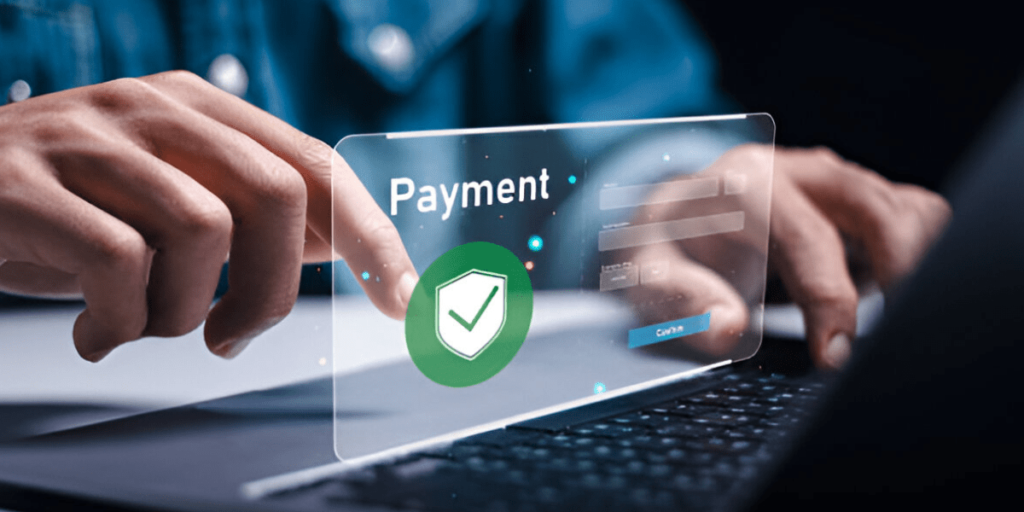B2B lead qualification is an essential process that ensures businesses focus on potential clients who are most likely to convert into customers. Unlike B2C, where purchase decisions are often impulsive, B2B transactions involve longer sales cycles, multiple decision-makers, and larger financial commitments. By qualifying leads effectively, businesses can maximize sales efficiency, reduce wasted effort, and increase revenue.
Understanding B2B Lead Qualification
B2B lead qualification is the process of evaluating potential leads based on predefined criteria to determine their likelihood of becoming customers. This involves assessing their level of interest, budget, decision-making authority, and fit for the product or service. Effective lead qualification helps sales teams prioritize high-value leads and nurture them through the sales funnel.
Key Lead Qualification Frameworks
Several frameworks are commonly used to qualify B2B leads:
- BANT (Budget, Authority, Need, Timeline): This classic framework evaluates if a lead has the budget, decision-making power, a genuine need for the product, and an appropriate timeline for purchase.
- CHAMP (Challenges, Authority, Money, Prioritization): Focuses on identifying the lead’s challenges and ensuring the solution meets their needs.
- FAINT (Funds, Authority, Interest, Need, Timing): Used for early-stage leads who may not have a set budget but have the potential to secure funds for the right solution.
Stages of B2B Lead Qualification
- Lead Generation: The first step is attracting potential clients through marketing campaigns, paid ads, content marketing, and social media.
- Lead Scoring: Assigning a numerical value to leads based on their level of engagement, demographic data, and behavior.
- Lead Nurturing: Engaging leads through personalized emails, webinars, and educational content to build interest and trust.
- Sales Engagement: The sales team reaches out to qualified leads to further assess their needs and guide them through the buying process.
- Lead Conversion: Closing the deal by providing necessary product demonstrations, proposals, and contract negotiations.
Using Technology for Lead Qualification
Modern B2B businesses leverage automation and AI-powered tools for lead qualification:
- CRM Software: Platforms like Salesforce and HubSpot track lead interactions and automate follow-ups.
- AI Chatbots: AI-driven chatbots engage with visitors, collect data, and qualify leads based on responses.
- Predictive Analytics: AI analyzes historical data to predict lead conversion probabilities, helping sales teams focus on high-potential prospects.
- Marketing Automation Tools: Software like Marketo and Pardot automate lead nurturing efforts, ensuring a seamless experience for potential customers.
Challenges in B2B Lead Qualification
- Long Sales Cycles: B2B sales can take months or even years, making it crucial to keep leads engaged.
- Multiple Decision-Makers: In B2B, purchase decisions often involve multiple stakeholders, requiring a tailored approach for each.
- Data Overload: Managing and analyzing large volumes of lead data can be overwhelming without the right tools.
- Lead Drop-Offs: Many leads may lose interest during the qualification process, requiring continuous engagement to maintain interest.
Advanced Strategies for B2B Lead Qualification
- Account-Based Marketing (ABM): ABM focuses on targeting specific high-value accounts rather than broad audiences, making lead qualification more precise.
- Behavioral Intent Data: Tracking online behaviors like website visits, content downloads, and social media interactions helps identify high-intent leads.
- Lead Segmentation: Grouping leads based on industry, company size, and buyer personas allows for more personalized engagement strategies.
- Sales and Marketing Alignment: Ensuring both teams work collaboratively by sharing data and insights improves lead qualification efficiency.
Best Practices for Effective Lead Qualification
- Define Ideal Customer Profiles (ICP): Clearly outline the characteristics of the best-fit customers.
- Align Sales and Marketing: Ensure seamless communication between teams to improve lead handoff and follow-ups.
- Use Multi-Touch Attribution: Analyze various touchpoints in the buyer journey to understand lead intent.
- Regularly Update Lead Qualification Criteria: Markets evolve, so it’s essential to refine qualification metrics based on changing business needs.
- Use Lead Enrichment Tools: Tools like Clearbit and ZoomInfo provide additional company and contact data to enhance lead profiling.
- Leverage Social Selling: Engaging with potential leads on LinkedIn and other professional platforms helps establish credibility and trust.
Measuring Success in Lead Qualification
To evaluate the effectiveness of lead qualification efforts, businesses should track key performance indicators (KPIs), including:
- Lead-to-Customer Conversion Rate: The percentage of qualified leads that convert into paying customers.
- Sales Cycle Length: The average time it takes to convert a lead into a customer.
- Cost per Lead (CPL): The total marketing and sales expenses divided by the number of leads generated.
- Lead Engagement Metrics: Monitoring email open rates, content downloads, and webinar attendance helps gauge lead interest.
- Customer Lifetime Value (CLV): Understanding the long-term value of acquired leads helps refine qualification criteria.
Conclusion
B2B lead qualification is a critical step in driving successful sales outcomes. By using structured frameworks, leveraging technology, and continuously refining strategies, businesses can ensure that their sales teams focus on leads with the highest potential. Effective lead qualification not only improves conversion rates but also strengthens long-term customer relationships, ultimately leading to sustained business growth. With advanced tools, data-driven insights, and best practices in place, companies can streamline the qualification process, reduce inefficiencies, and enhance overall sales productivity.
















